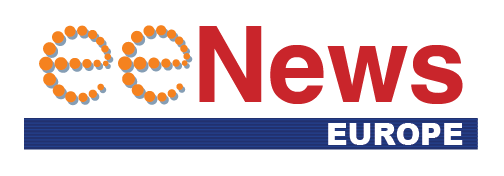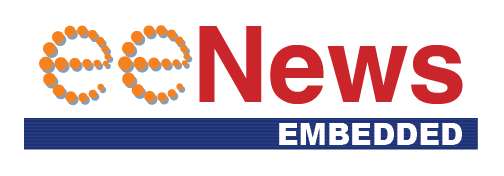
Cortus FPGA board supports development with independent 32-bit processor IP
The board includes an I/O footprint compatible with the Arduino Due enabling the wide choice of Arduino Due-compatible shields to be used to extend the platform.
The Cortus FPGA board includes 1 Mbyte synchronous SRAM as well as a 32 Mbit SPI flash memory. The flash memory holds the FPGA configuration and can also be shared to hold the application software. A 10/100 Mbits/sec Ethernet transceiver PHY is connected directly to the FPGA and is fully compatible with the Cortus 10/100 Ethernet MAC IP block.
A USB interface provides a JTAG interface fully compatible with Cortus development tools under Windows and Linux. Additional I/O connectors enable the DDR2 memory to be up to 512 Mbytes.
With an APS23 requiring 19% utilisation and APS25 requiring 29% utilisation the Cortus platform provides capacity for all APS cores. The capacity of the Spartan-6 X75 is sufficient to allow multi-core systems to be emulated on the FPGA board.
The ability to extend the memory can be used to include a USB 2.0 PHY in combination with a Cortus USB 2.0 controller in order to create a prototyping platform for embedded Linux systems. The platform can incorporate IDEs from Cortus’ partners as an alternative to Cortus Eclipse.
Cortus; www.cortus.com
 If you enjoyed this article, you will like the following ones: don't miss them by subscribing to :
eeNews on Google News
If you enjoyed this article, you will like the following ones: don't miss them by subscribing to :
eeNews on Google News





